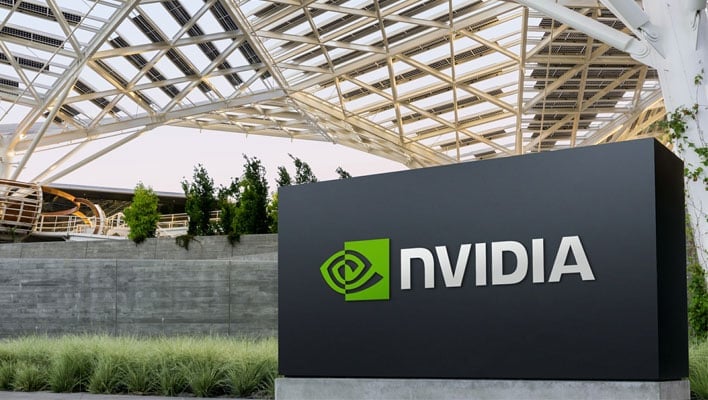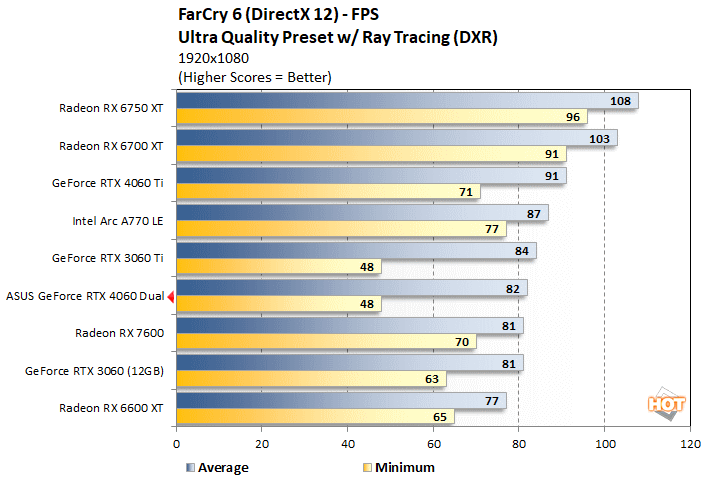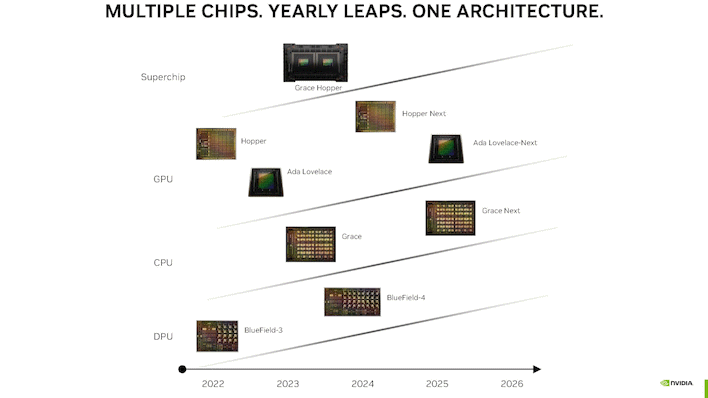NVIDIA's GPU Roadmap Teases When To Expect GeForce RTX 50 Series GPUs

NVIDIA just held a press briefing to talk about just how great its GPUs are for these types of tasks, and there were some interesting details in said briefing, like the fact that a cluster of 3,584 Hopper GPUs were able to train a GPT-3-based AI model in just 11 minutes—an incredible speed considering the immense number of parameters that go into those kinds of large language AI models.
Image: NVIDIA
The thing we're here to talk about today doesn't have anything to do with AI, but rather, a specific slide (reproduced above) that NVIDIA showed during the briefing. The slide seems to be a roadmap of sorts for NVIDIA's next few years of architectures, and it clearly shows that the company's next gaming GPUs will arrive in 2025 alongside a second-generation Grace Superchip.
That's interesting enough on the face of it (and directly contrary to previous rumors), but it becomes rather curious when you think about it awhile. NVIDIA's been releasing new GPU architectures on a two-year cadence for a good long while now. Ever since release of the GeForce GTX 980 in 2014, it's been a fresh batch of GeForce GPUs roughly every two years. Waiting until 2025 before we see the successor to Ada Lovelace—possibly codenamed Blackwell—will be a three-year gap.

We're impressed with the Ada Lovelace architecture, but the graphics cards offered using it have largely been either disappointingly-weak or frustratingly-expensive. For a lot of people looking for a graphics card upgrade right now, the best option is to buy a deeply-discounted last-generation GPU. That's not a great state for the market, but it absolutely justifies a late launch of a new series.


